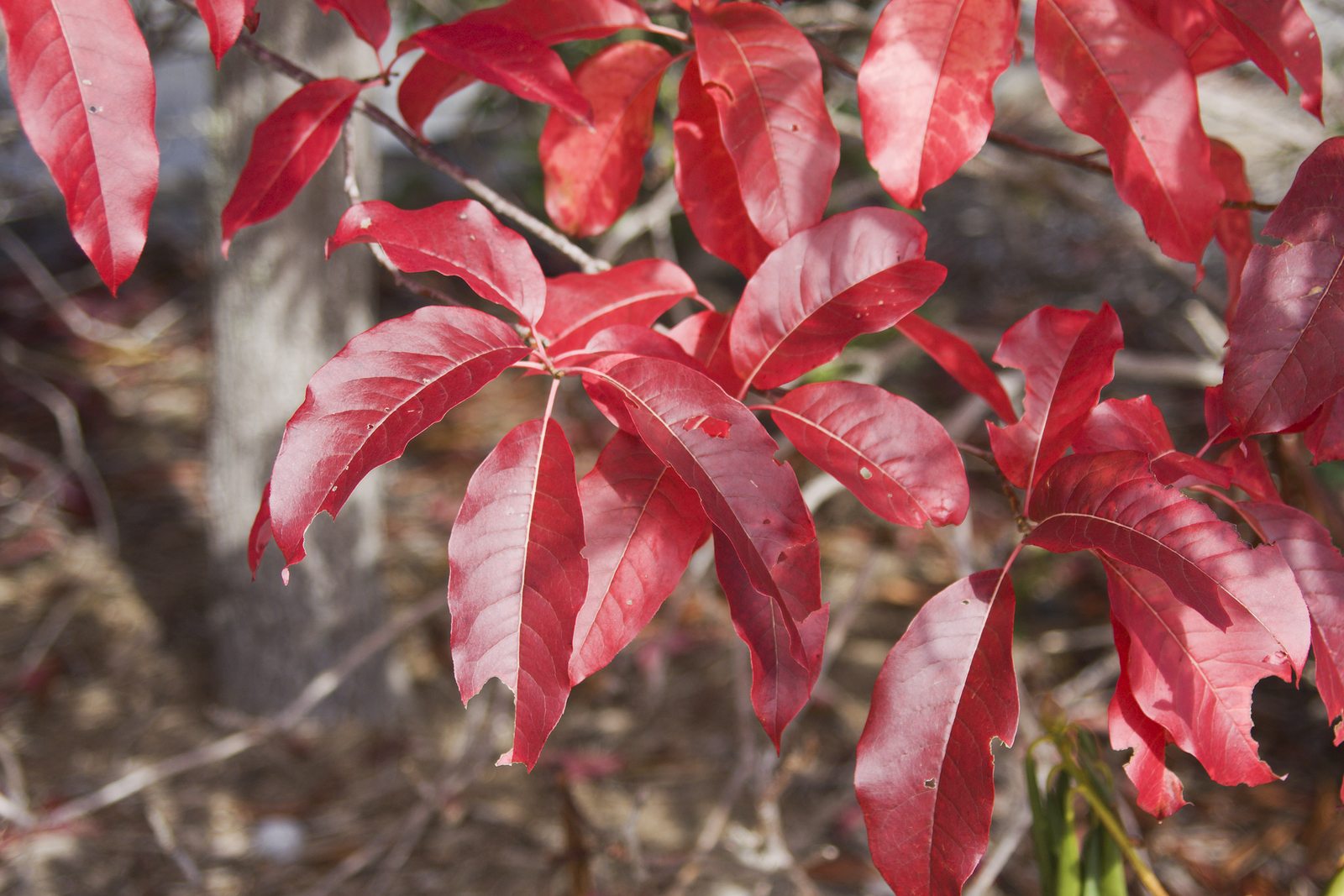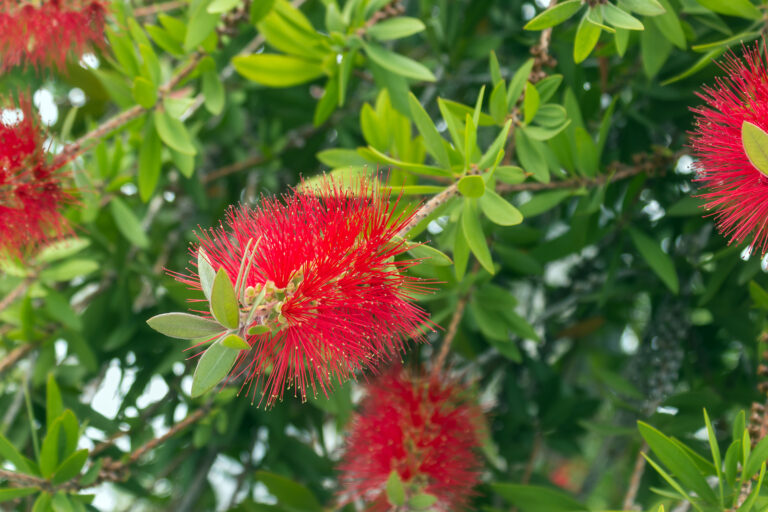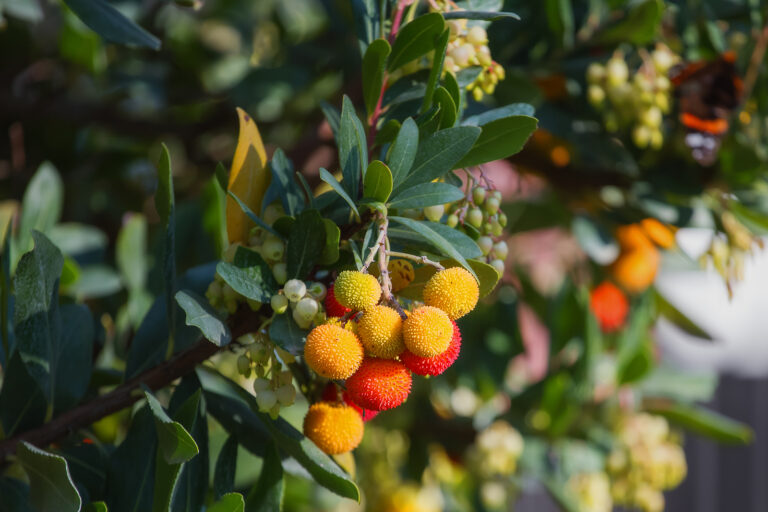How to Grow Sourwood – Oxydendrum
Sourwood, Oxydendrum, is a hardy, slow-growing deciduous tree also known as sorrel tree.
Sourwood has thick, fissured bark, long slender, pointed leaves with a sour taste. Small white flower bloom on semi-drooping panicles.
Sourwood is often planted as a background for the shrubbery border. Its bright, glossy green leaves turn a brilliant scarlet in fall.
Sourwood thrives best in rather acid soil in a partially shaded situation. It is propagated by seeds.

Get to know Sourwood
- Plant type: Deciduous tree
- Growing Zones and range: 5-9
- Hardiness: Hardy
- Height and spread: To 50 feet (15m) tall and 20 feet (6m) wide; grows in a pyramidal form
- Foliage: Leaves turn scarlet in fall
- Flowers: White flowers in pendulous clusters
- Bloom time: Midsummer
- Uses: Specimen tree
- Botanical name: Oxydendrum arboreum
- Common name: Sourwood, sorrel tree
- Origin: Eastern North America
Where to plant Sourwood
- Plant sourwood in full sun. Flowering and fall colors are less dramatic in shade.
- Grow sourwood in moist, well-drained, humus-rich, acid soil.
When to plant Sourwood
- Transplant small balled-and-burlapped or container-grown plants in winter or early spring.
- Plant sourwood in its permanent positions; it is difficult to move.
Planting and spacing Sourwood
- Space sourwood 15 to 20 feet apart; the tree grows 25 to 35 feet tall and 15 to 20 feet wide.
How to water and feed Sourwood
- Keep the soil evenly moist.
- Fertilize sourwood by adding aged compost to the dripline at least once a year.
Sourwood care
- Sourwood rarely needs pruning.
Sourwood common problems
- Sourwood has no serious pests or diseases.
Sourwood propagation
- Sow seed indoors in spring.
- Take cuttings in midsummer; use short side shoot cuttings 2 to 3 inches long with a heel of old wood. Bottom heat promotes rooting.







